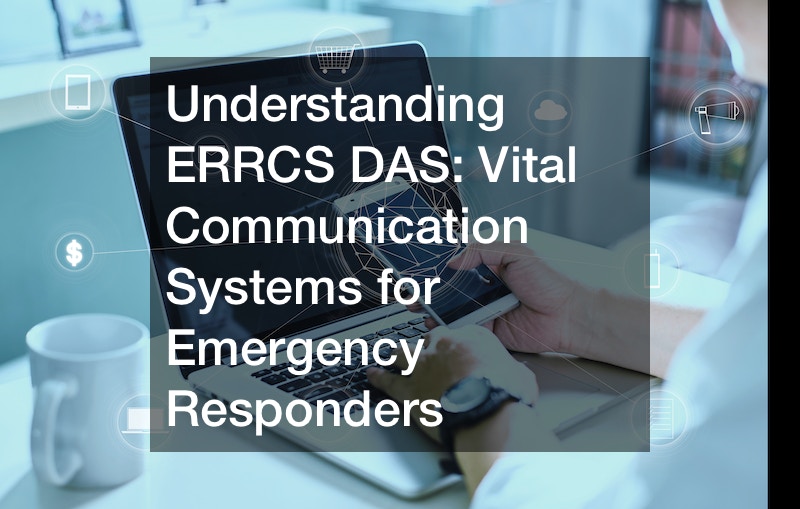In the realm of technology, Emergency Responder Radio Communication Systems (ERRCS) and Distributed Antenna Systems (DAS) stand as critical components for ensuring seamless communication during crises. These systems are indispensable, offering reliable two-way radio communication for emergency responders within commercial and residential buildings.
ERRCS and DAS, often used interchangeably, amplify radio signals utilized by emergency responders. Particularly crucial in areas where traditional communication might falter, these systems facilitate uninterrupted communication, addressing the challenges responders faced during past emergencies like 9/11.
Building requirements have evolved significantly, expanding the mandate for ERRCS and DAS. Initially applicable to taller or underground parking-equipped buildings, the necessity has extended to virtually any building, regardless of size.
Regulatory bodies now mandate thorough signal strength testing in new constructions, ensuring these systems’ implementation where necessary.
Annual testing and inspections for ERRCS DAS are obligatory, similar to fire alarm systems. These examinations involve a meticulous evaluation of signal strength, generating detailed reports and heat maps to identify coverage areas and any potential deficiencies. Maintenance and regular testing are vital, as numerous factors like adjacent construction or interior modifications can impact signal integrity.
ERRCS DAS systems operate primarily on 700 or 800-megahertz frequencies, with their efficiency susceptible to external factors. Evolving building standards, such as LEED certification, necessitate adaptations to maintain system efficacy, highlighting the continuous evolution of these vital communication technologies.
Understanding ERRCS DAS systems’ significance and their continuous adaptation within building infrastructure is crucial. These systems stand as indispensable pillars in ensuring emergency responders’ effective communication, safeguarding lives during critical moments.
.

